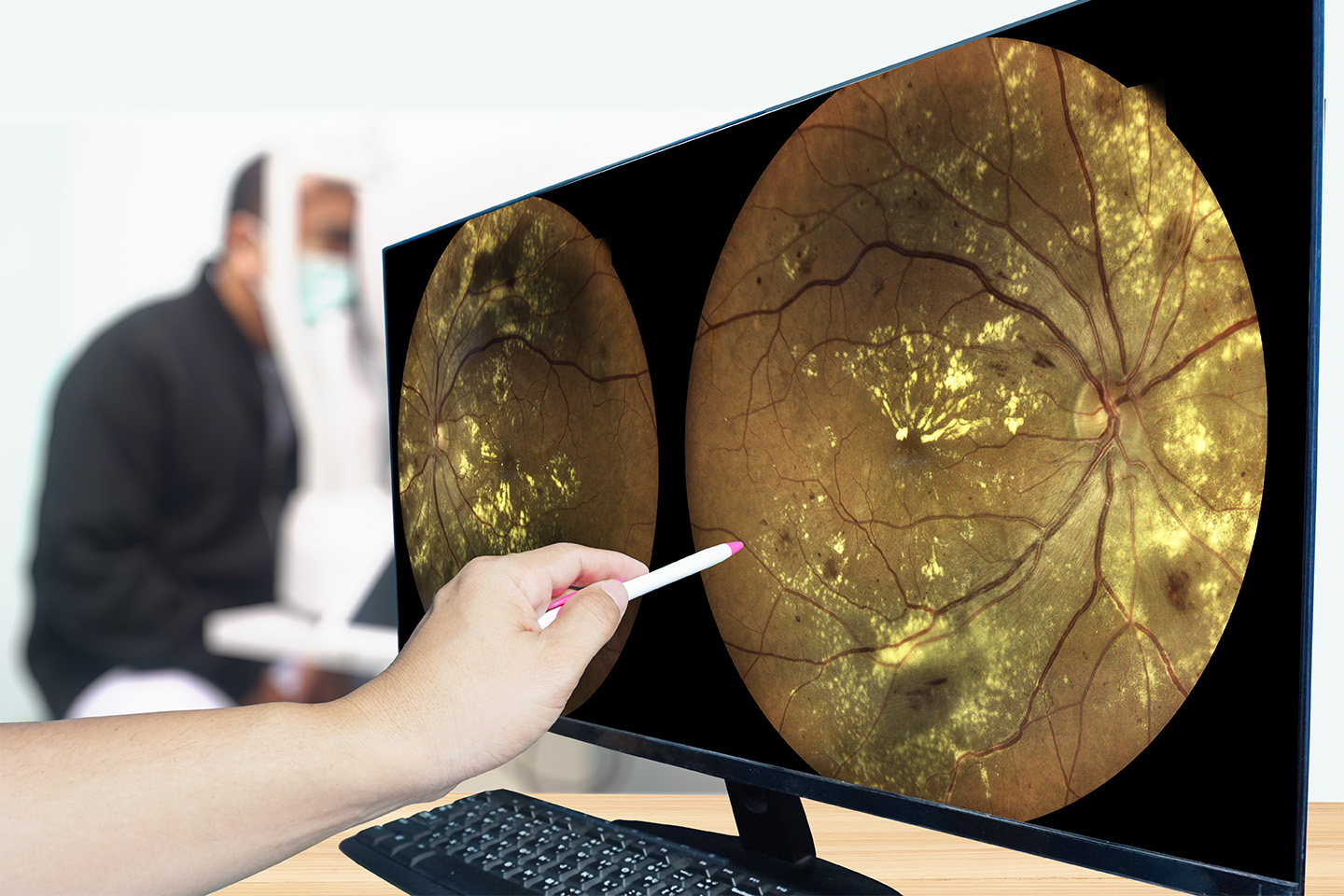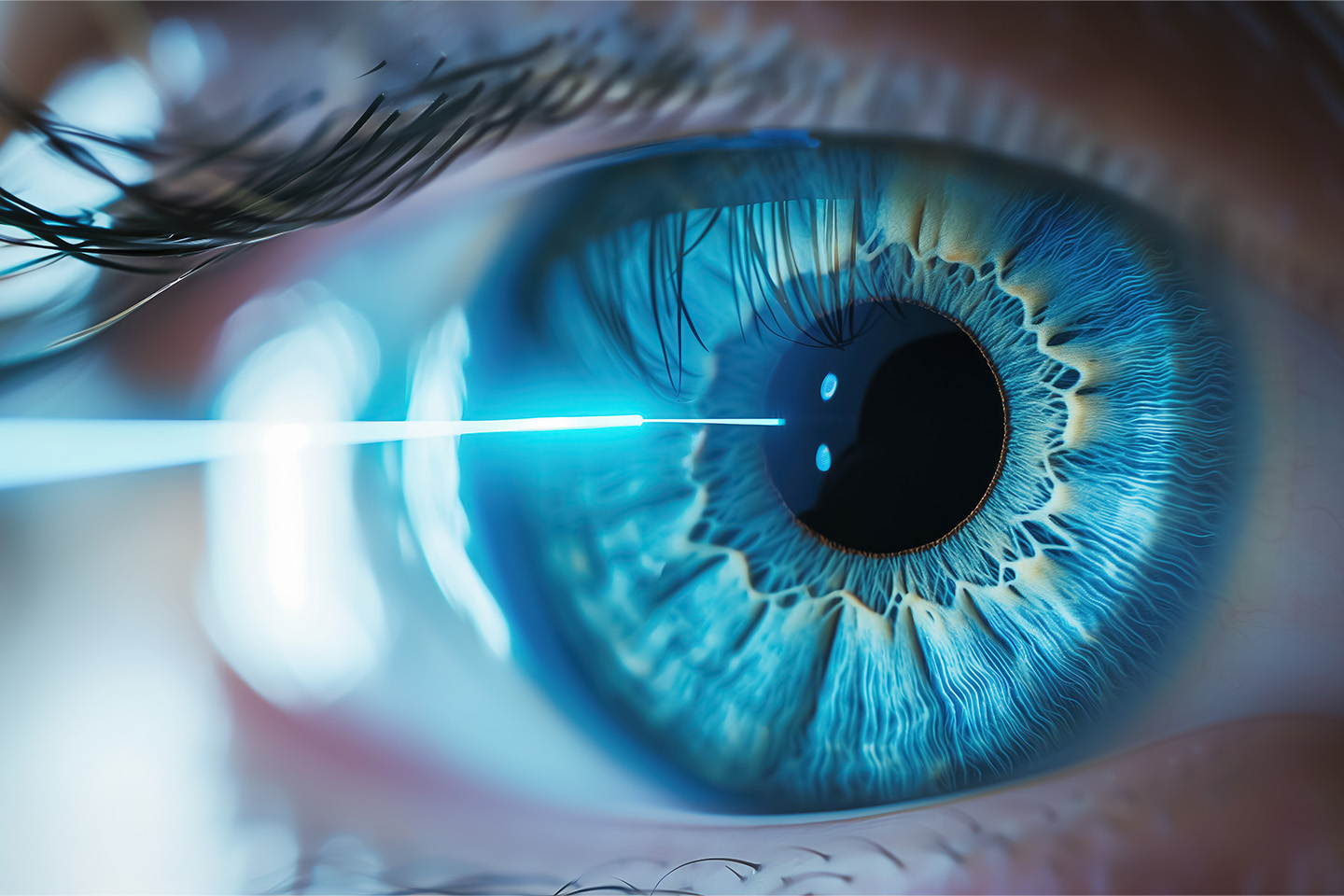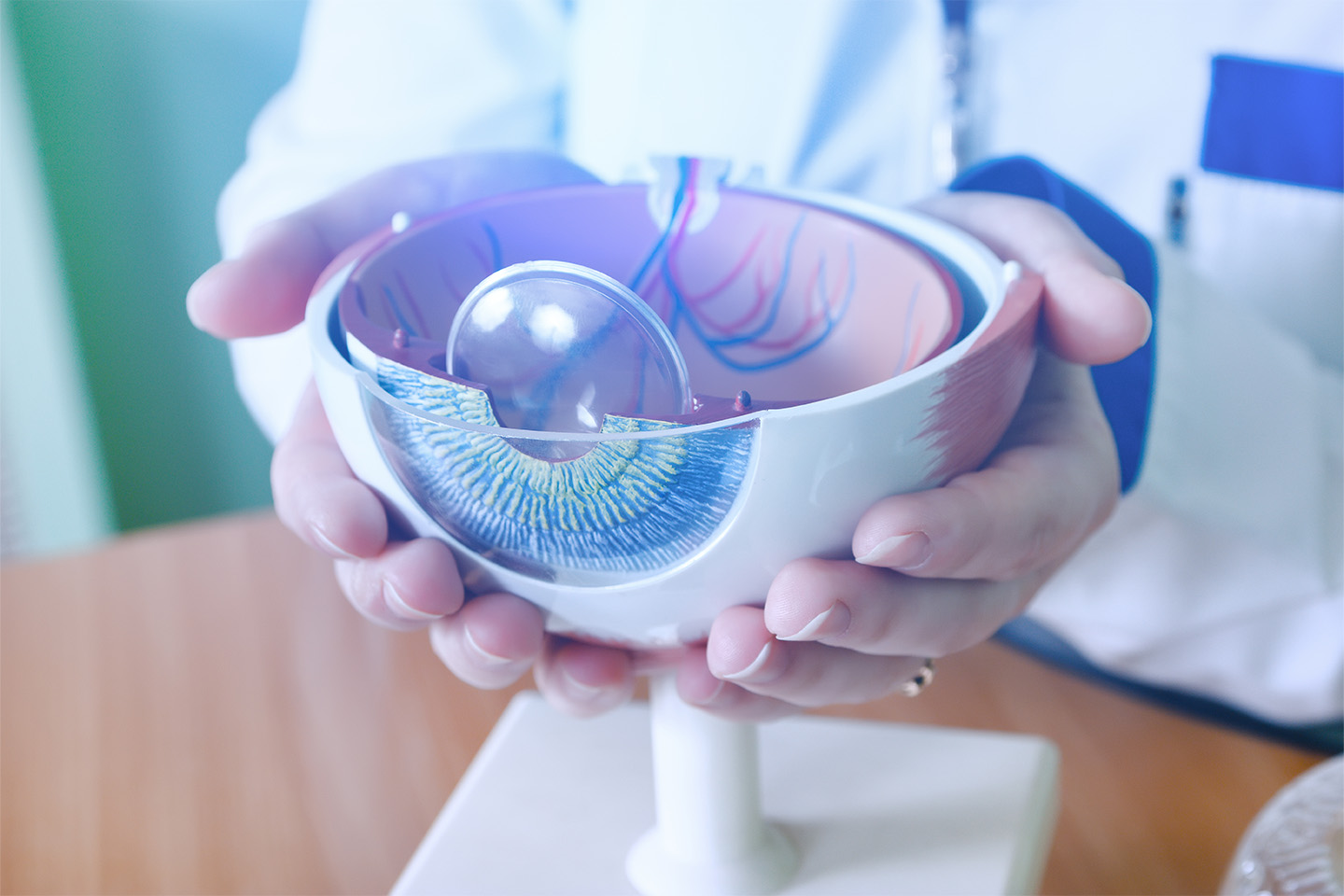Top 10 LASIK Surgery Myths

When considering LASIK, it’s important to know your facts from myths. LASIK (laser-assisted in situ keratomileusis) has been around for more than 20 years and can solve vision problems and refractive errors like nearsightedness, farsightedness, etc. It’s one of the safest elective procedures, yet there are still misperceptions about the potential risks of laser vision correction. Here are a few common myths about LASIK procedures.
LASIK Myth 1. The effects of LASIK wear off over time.
LASIK surgery does NOT wear off. LASIK surgery permanently reshapes the cornea, and this doesn’t change with age in a normal cornea. Retreatments are sometimes necessary, but after about the first year this is not from surgery itself but instead from the natural changing process of the eye.
Government regulations state that the minimum age for LASIK is 18 and many ophthalmic surgeons prefer to wait until a patient is at least in their early 20’s. As with everything else, the human eyeball grows and develops as the body matures into an adult. Altering the cornea before it reaches its full maturity can have non-optimal results. As the eye ages, there can be other structural problems that develop which adversely affect a person’s vision, but that’s not LASIK “wearing off”. The eye continues to change gradually over time, increasing the need for retreatment, but these changes would happen regardless of LASIK surgery.
Less than 3% of LASIK patients in their early 20’s experience even small changes in their long distance vision. As we age into the 40’s, the natural lens inside our eyes can begin to change. This can be diagnosed as Dysfunctional Lens Syndrome. Your natural lens is a crystalline structure. It can begin to lose flexibility, causing reading and short range vision to become more difficult. Although success varies among individuals, the latest numbers suggest that approximately 92% of LASIK patients achieve vision of 20/40 or better.
LASIK Myth 2. Anyone can get LASIK.

Not everyone is a viable LASIK candidate. The first thing your ophthalmologist will review is your changes in vision over the past year. A person’s vision needs to have been stable for the past year to be approved for LASIK surgery. If you are experiencing unstable vision, LASIK may not be the treatment you need. Discuss this with your eye doctor to determine the next course of treatment.
Other physical problems such as dry eye, keratoconus, a previous eye injury, or an infection can rule out a LASIK procedure.
Pregnancy and hormonal changes can affect vision either temporarily or permanently. For this reason, LASIK must wait if you are pregnant or planning to be.
Not every vision problem is right for LASIK. Schedule a LASIK consultation with your eye care professional. You may suffer from macular degeneration or diabetic retinopathy and need other treatment options.
LASIK Myth 3. I can’t have LASIK. I have astigmatism.
This was true for a short time decades ago when laser eye surgery techniques were being developed. It’s not true today. Technological advancements in modern lasers and improved surgical training allow patients with astigmatism to be regularly treated with excellent results.
LASIK Myth 4. Recovery is slow

In the vast majority of cases, LASIK is an outpatient procedure with quick recovery times. Patients shouldn’t attempt to drive for a few hours after the surgery and they require assistance with transportation after the procedure.
In almost all cases patients are able to resume non-strenuous activities after just 6-12 hours from surgery. Most patients will see clearly out of the affected eye after just 24 hours. A small percentage may need an additional 2 to 5 days for recovery. As with any invasive surgical procedure, consult an expert refractive surgeon as to what to expect based on the individual case.
LASIK Myth 5. It’s painful.
LASIK does not hurt. Just before the refractive surgery, the Lasik surgeon will administer numbing eye drops onto the eye. Patients may feel a little pressure during the surgery but there shouldn’t be any pain. The surgeon will provide eye drops for post operative recovery as well, so the entire procedure should be relatively painless. There might be some discomfort on the same day of the procedure but this is usually mild.
LASIK Myth 6. LASIK can cause blindness.
Studies have found zero reported cases of blindness due to LASIK surgery. In fact, patients have a 34 times higher risk of blindness due to a simple contact lens infection than blindness from a complication of LASIK eye surgery. There are documented reports of other rare adverse events from LASIK, which are mostly mild. Talk to your doctor about any concerns and get the facts about LASIK outcomes and recovery.
LASIK Myth 7. All LASIK outcomes are the same.

All LASIK surgeries are not the same. The experience, training, and skill level of your ophthalmic surgeon and their teams will vary from clinic to clinic. You should ask your doctor for referrals and about their success rates among their patients.
Any surgical procedure has risks and it’s smart to get a second opinion. Do some homework and look for physicians who have advanced training and extensive experience in LASIK surgery. Some eye care centers will have specialists who focus specifically on LASIK. Review their post operative care plans and check reviews from other patients.
Not all vision problems can be resolved with LASIK. Be sure to understand your diagnosis and research treatment solutions. You may have a condition that can be resolved without LASIK surgery.
Some eye clinics may offer discount package deals. These may not include vital pre and post operative treatments like the prescription eye drops you need for recovery. Check a surgeon’s history, training, and credentials. Look at their reviews. Your eye health is too important to choose a surgeon based only on the lowest cost and advertised discounts.
LASIK Myth 8. Dry eye is common after LASIK.
Almost all patients do report some symptoms of dry eye immediately after the procedure, but it usually resolves. The majority of patients experience some dry eye for a month or two after surgery, but the vast majority improve quickly after 30 days and have no symptoms at all after 6 months.
LASIK Myth 9. Contact lenses are safer than LASIK.

People who have had LASIK are more satisfied than contact lens wearers. According to recent and extensive studies, 63% of those surveyed reported they preferred LASIK over contact lenses or glasses over a three year period.
Contact lenses require the maintenance involved with cleaning and storage. Poor cleaning and storage of contact lenses can lead to the development of Microbial Keratitis, a serious and dangerous infection that if left untreated can lead to corneal scarring, perforation, and even blindness. One in five hundred contact lens wearers develop blindness due to this infection every year.
LASIK Myth 10. Complications are common.
LASIK is universally considered to be among the lowest risk, elective surgical procedures available today. Although any invasive procedure carries some risk of complications and side effects, the rates of any adverse results of LASIK are mostly mild and estimated to be less than 1%.
Busting Common LASIK Myths

LASIK has been performed by trained surgeons for decades and is the most effective and safest vision correction procedure for those with qualifying vision problems.
- The LASIK procedure has been widely studied and performed for over 20 years.
- The United States Food and Drug Administration approved the procedure in 1998.
- Clinical research has studied the procedure for decades and supports the impressive safety record for LASIK, as well as its effectiveness.
Contact ICON Eye Care at Grand Junction
Contact the expert LASIK surgeons at ICON EYECARE in Grand Junction to learn more about how we can help you lead a better quality of life with significantly improved vision. Consult with an eye doctor to find out if you’re a candidate for LASIK surgery.
[DISPLAY_ULTIMATE_SOCIAL_ICONS]








